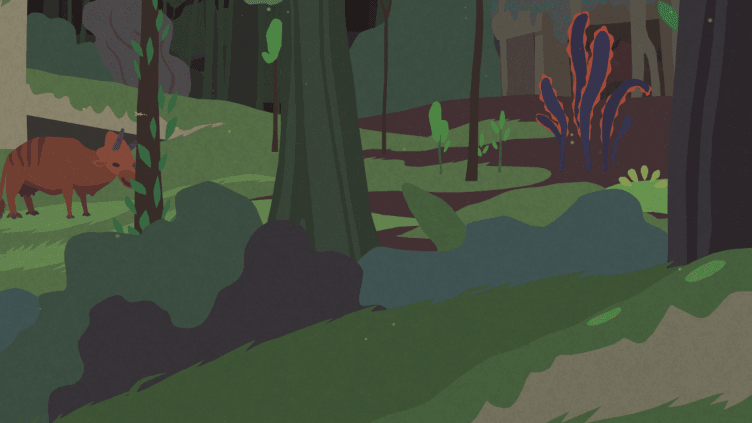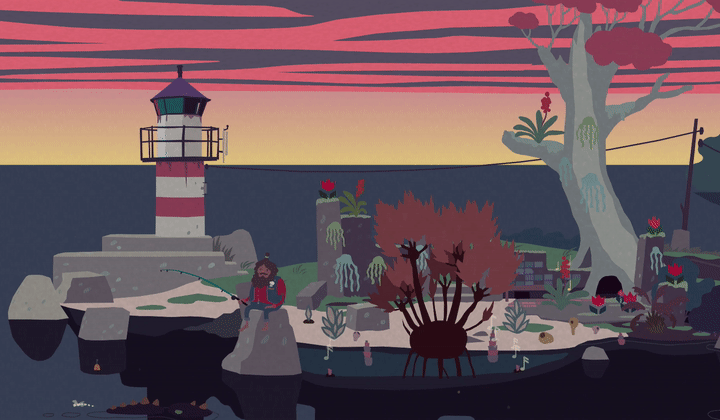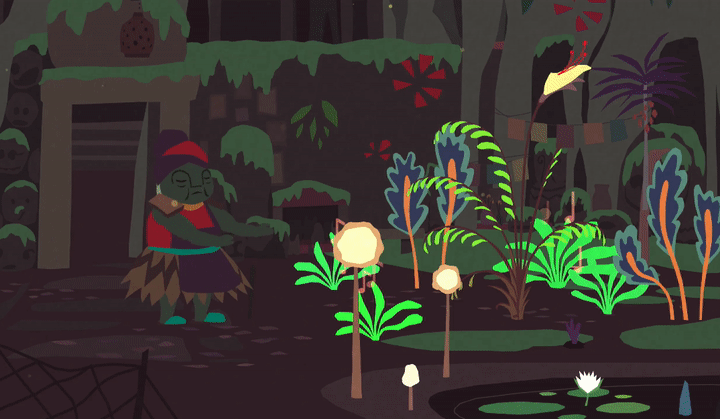Choice
One of the first things you’re often asked about interactive narrative is ‘how important are the choices’, ‘do they matter?’. I’d like to think all the choices characters make in a game ‘matter’, but the amount of control you have over them, and what they in turn affect, is often seen as the sum of how complex or accomplished a piece of narrative design is. A lot of games discourse tends towards judging the accomplishment of games on how close they get to the ‘real’ world of choice and consequence.
But sometimes abstraction rather than simulation or linearity, as opposed to branching, is a more useful storytelling tool.
In my opinion, when working in any form or set of expectations the craft is to consider the quality of the materials you’re working with – in this case writing for interaction. Like working with or against the grain of a piece of wood, or the qualities of stoneware versus porcelain – how you work it produces different results – but neither is wrong. What’s important is to understand the implications of the decisions you make.
When asked this question about ‘choice’ with regards to Mutazione, I have taken to describing the decisions I made as the game having ‘multiple middles’ rather than ‘multiple endings’.
In individual conversations I very much use the Kentucky Route Zero model of choice – colouring how the character plays the situation, but not letting you choose who the character is. Are you attempt-to-be-articulate Kai? Or are you diffuse-the-situation-with-a-joke Kai? Either way, you’re still Kai. The conversations branch; you might access different reactions, memories and stories; but they come to the same place at the end.
The player agency is instead to be found in exploration.

Exploration as Player Agency.
Why did I come to this conclusion? Well, as writer and narrative designer coming to the project of Mutazione – though we’re mostly talking about narrative design decisions here – the brief that I started with was that it was:
- Driven by an ensemble cast of characters.
- A soap opera.
- Centred around a theme of looking at a community which was aligned differently with nature.
- Built on a clearly defined and pre-existing story-world and plot.
The decisions I therefore made about player choice were driven by these considerations, which could be translated as needing:
- Room to develop many characters’ journeys in tandem
- Drama-driven slice-of-life setting
- Able to examine the interplay of community
- Contrasted usefully with the fantastic setting and preserved the basic story and plotting set out by Creative Director Nils Deneken.
For this reason it made a lot of sense to not give the player significant means to affect outcomes – multiple endings. To not allow player agency to exert upon the outcome linearly – multiple ending style – but rather to invite them to shape their experience of the story laterally – sideways: multiple middles.

Plot levels
The player choice in Mutazione is exploration rather than conversation-focussed. This meant a great deal of careful planning, to make sure that the mandatory moments in each time of day encouraged the player to discover B and C plots, in how they were spaced out, and in what they hinted at. It also meant thinking carefully about each characters’ journey through the game’s timeline, and how different levels of exploration would challenge the pacing. It meant adding certain times of day where the player had fewer options open to them – for either urgency, or to chime with natural rhythms, like morning or late at night. This is very common in ensemble cast TV shows, and if you’d like to hear more about that search for my other GDC talk Kill the Hero Save the (Narrative) World.
The A plot is the driving theme or problem of the episode. In day 5 of Mutazione, that’s ‘go on a boat trip with Tung and Miu and discovering you should grow a garden to help him with his boat making’.
‘B’ plots are the ‘secondary’ story in an episode, often lighter, comedic, or contrasting thematically in a way that reflects on the A plot – all of which makes the A plot more compelling when you return to it. In Day 5 in Mutazione B plots include following up on the events of the night before, when it was revealed that Spike the bartender has had a long running crush on Tung’s mother, Claire.
‘C’ plots are the smallest unit, and might resemble ‘empty’ side quests, but the difference in an ensemble setting is that you care about the characters because of previous investment in them. Which means that these details can be dealt with lightly, and be used to add to your satisfaction with the completeness of the universe. In Day 5 of Mutazione, a C plot would include the Sausage folk plotting a new scheme which this time will definitely make them all rich.
The only mandatory path is the A plot. The multiple middles are the choices you make in each time of day to dig into the B and C plots.
Because when the time of day moves on you won’t be able to access those conversations again.




